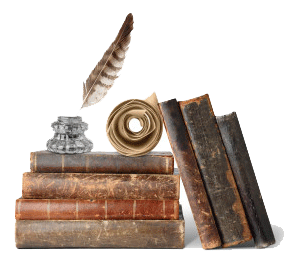I love many aspects of being a historian. The hunt for information sits atop my list. Putting the puzzle pieces of information together in my writing ranks next. However, I really dislike the periods in between serious research and writing; when I spend copious amounts of time reading the historiography.
I love reading, but I hate not having anything tangible to show at the end of the day.
At some point, I came to equate productivity with written pages.
 Tired of feeling unproductive when it comes to the truly worthwhile task of reading, I decided to make some changes to my daily work routine.
Tired of feeling unproductive when it comes to the truly worthwhile task of reading, I decided to make some changes to my daily work routine.
Last week, I concluded that I needed to write every day in order to feel productive.
Several books suggest daily writing as the key to scholarly production; most authors urge readers to set aside time every day, even just an hour, where they turn-off the internet, tune out all distractions, and write. They argue that even just one page a day adds up to a book-length manuscript at the end of a year.
This advice made a lot of sense when I read it and it helped me finish my dissertation. However, I am at the stage where in order to revise my dissertation into a book, I need to read more widely.
When I started to tackle my reading list, I quickly fell back into my early-dissertation habit of spending nearly all my time reading, not writing. I wanted to write, but I did not feel like I had enough information to start editing what I had already written. Then I had an epiphany: I should write a working outline.
Outlining has allowed me to focus on specific areas of my revision without tampering with my actual document—i.e. I am revising in a way that does not prematurely place my developing thoughts with my more mature ideas. My outline looks kind of like a mini précis: it supplies applicable book arguments, useful notes on how to reinterpret my sources, page numbers where I can find evidence, and the ideas and connections I formed while reading the book.
This week, I spent an hour or two each morning working on an outline. I have produced a page or two of writing each day. None of these pages are polished, but they allow me to see the produce that comes from my reading. As a result I feel more productive. Moreover, I know these outlines will prove useful when I get to the stage where I formally make my revisions.


